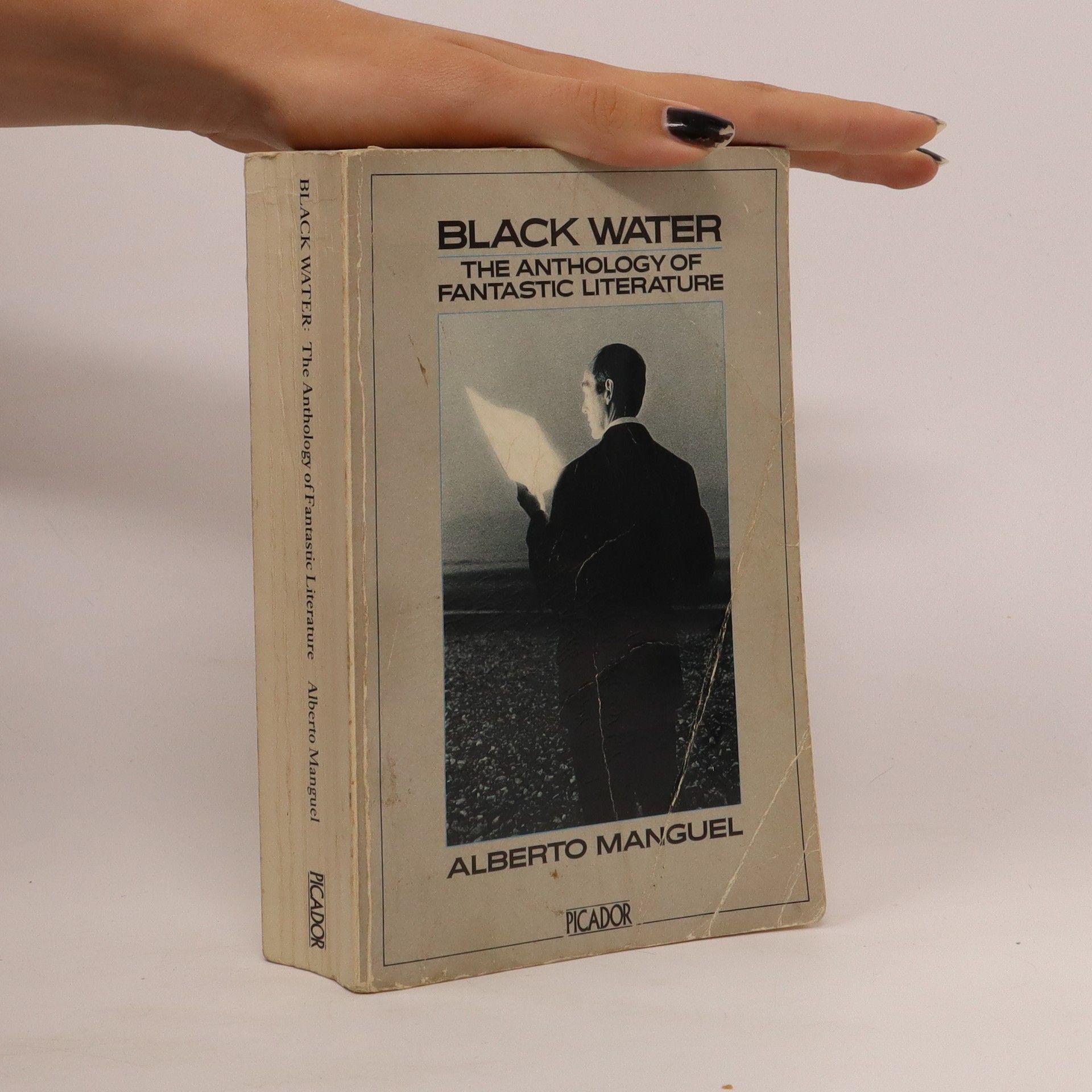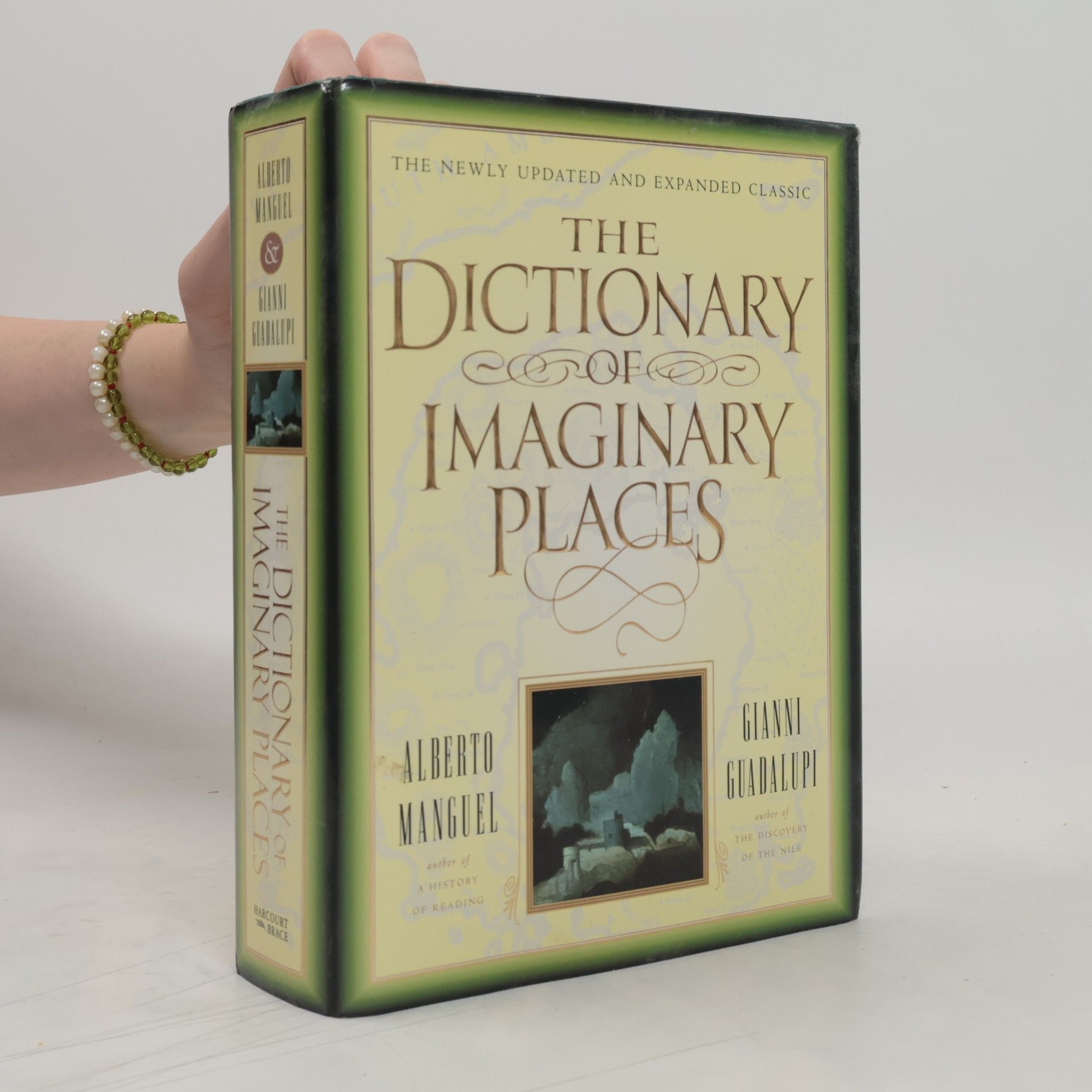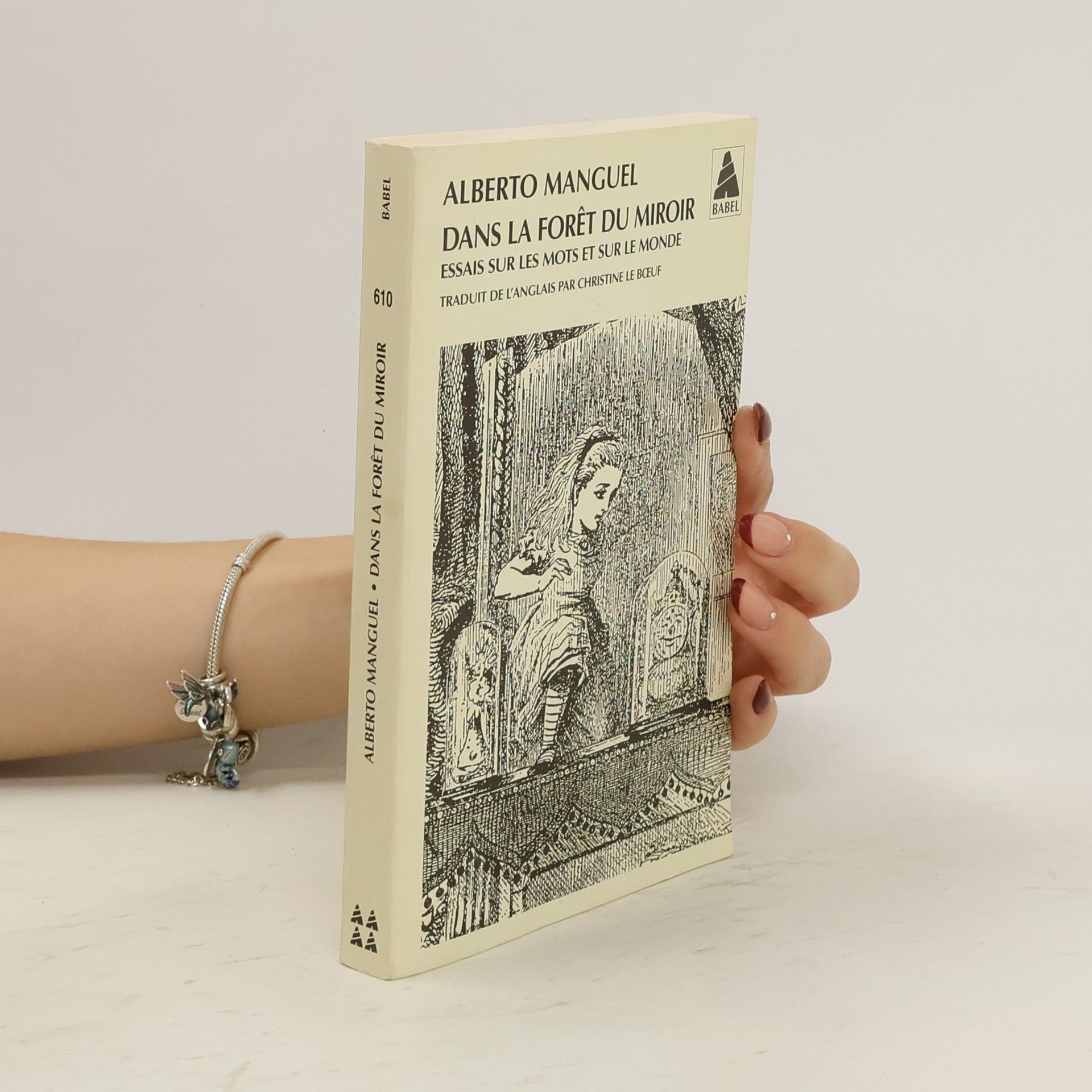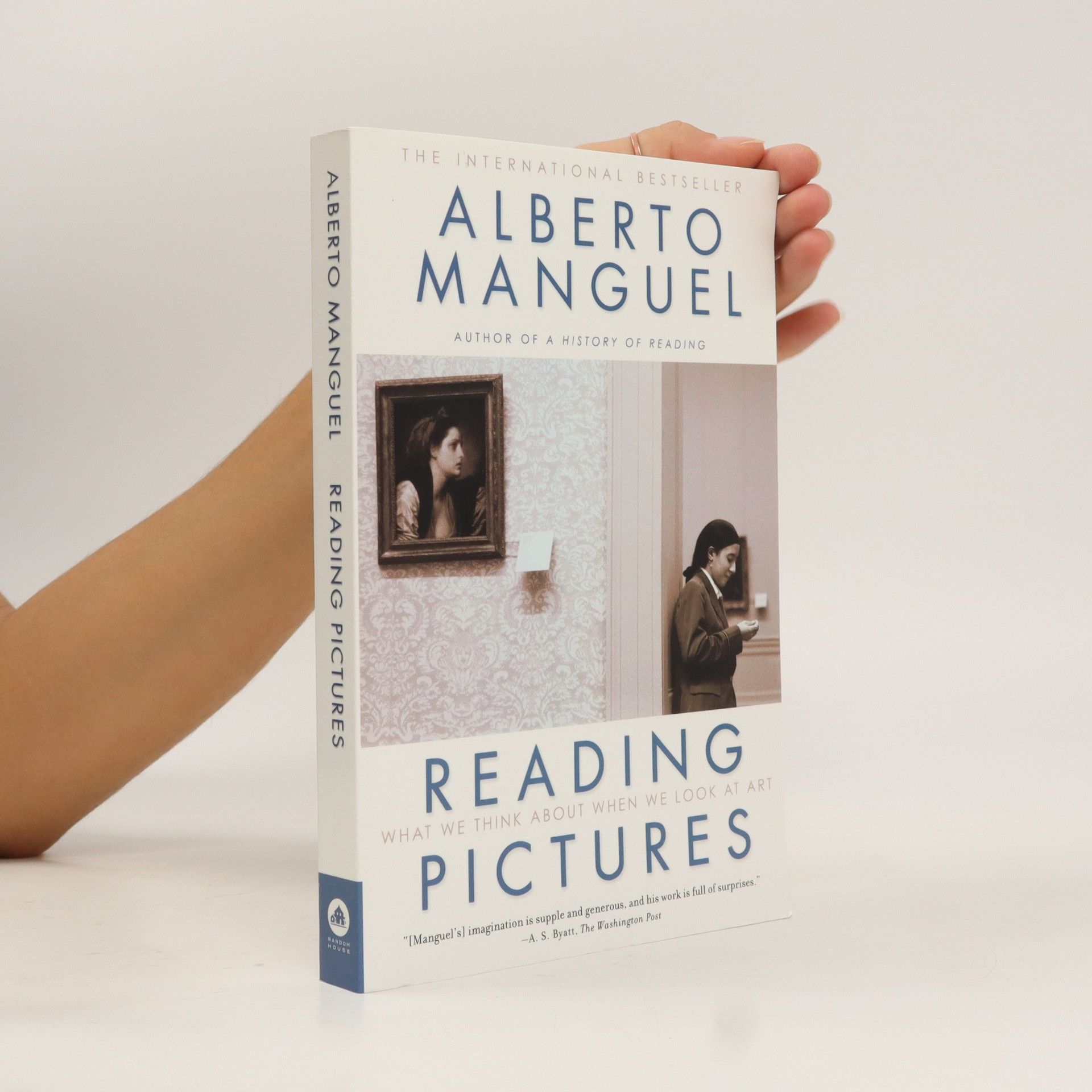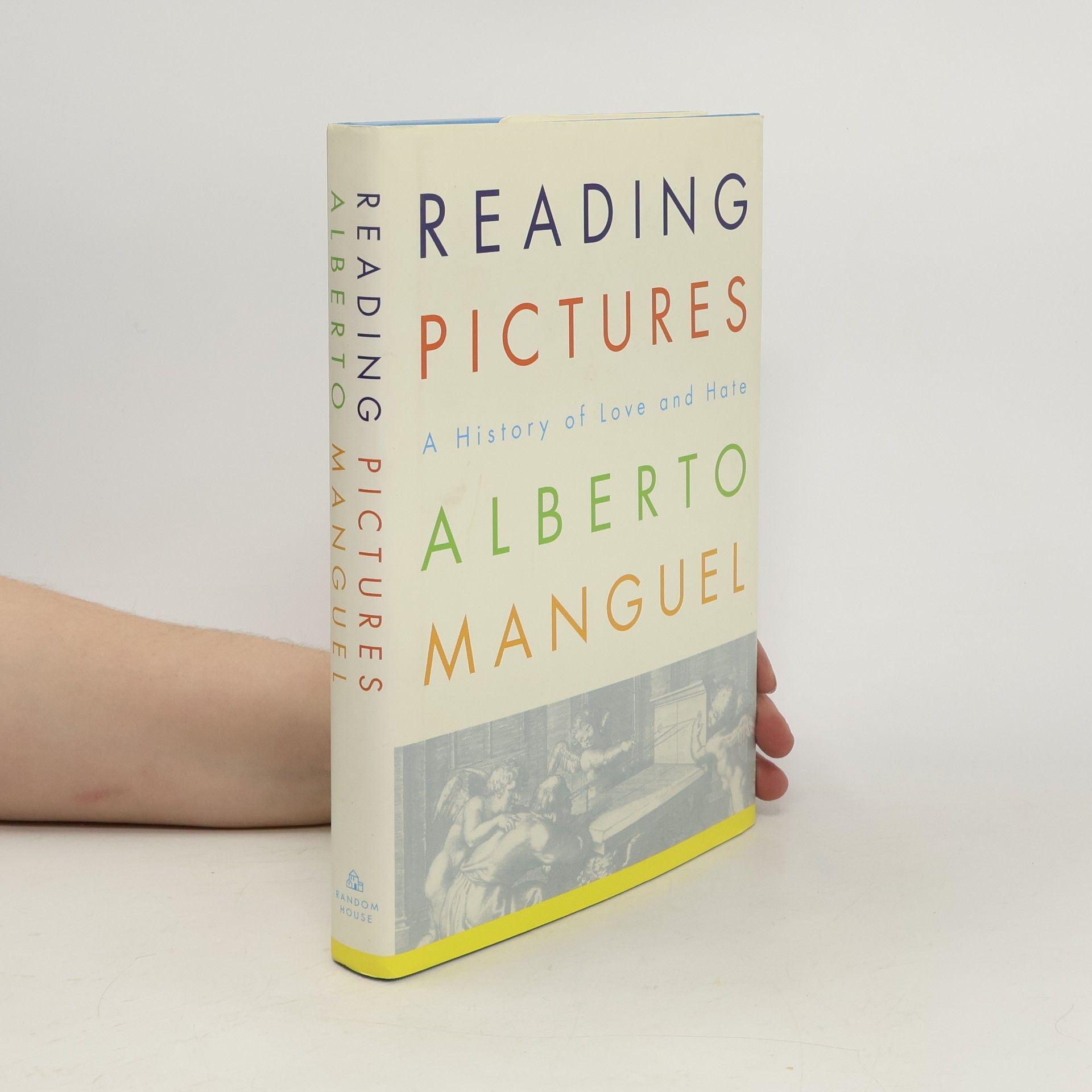Dans la forêt du miroir
essais sur les mots et sur le monde
Si ce livre permet au lecteur de renouer avec l'érudition jubilatoire si caractéristique de l'auteur d'Une histoire de la lecture, il lui donne également l'occasion de rencontrer un homme engagé dans l'histoire de son temps, rebelle à toutes les censures, esprit libre et pourfendeur averti des préjugés, humaniste habité par le souci constant de placer la création au centre géométrique de l'univers social, culturel, politique. Avec l'Alice de Lewis Carroll pour guide, Alberto Manguel explore la nature du lien qui s'établit entre le monde et les mots que nous choisissons pour le nommer. Un passionnant voyage au cœur subversif du langage.



